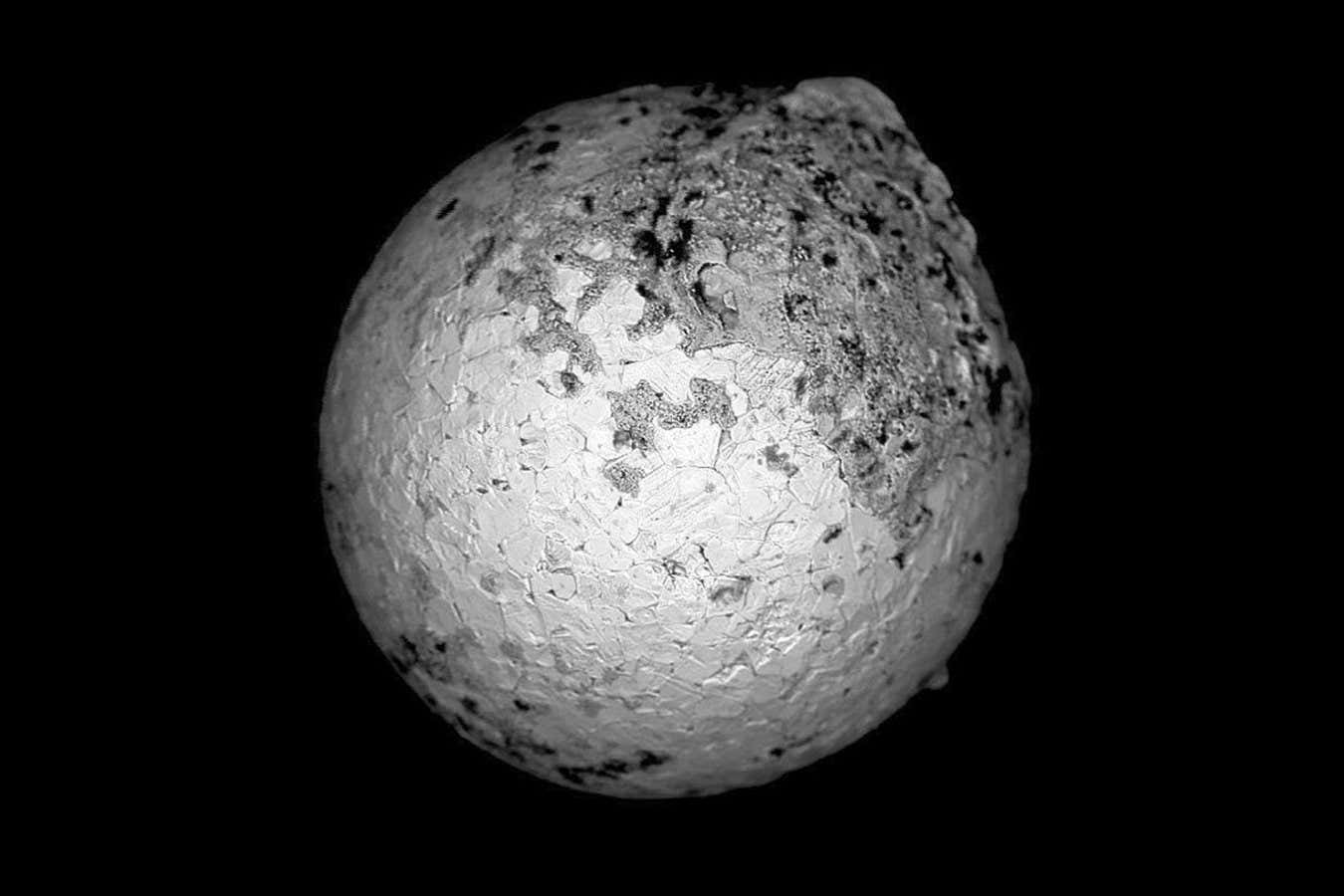Astrophysicist Avi Loeb and his team claim to be the first to have found fragments from an interstellar meteor, but other scientists are extremely sceptical
By Leah Crane
31 August 2023
A microscopic image of a metal sphere that a team of scientists argue came from an interstellar object
Interstellar Expedition
Tiny metal spheres found on the seafloor may have come from an interstellar meteor. The researchers that recovered the spherules say their compositions don’t match anything ever seen before on Earth – but it’s a controversial claim.
Earlier this year, Avi Loeb at Harvard University took a team on an expedition off the coast of Papua New Guinea, where models predicted that remnants of an object nicknamed IM1 would have landed. IM1 fell to Earth in 2014. Loeb and his colleagues later identified it as a possible interstellar object based on its recorded velocity, which they claim was fast enough to indicate that it hurtled to Earth from beyond our solar system. They hoped to locate its remains on the ocean floor.
During the expedition, the researchers found about 700 tiny iron-rich spherules. They have started analysing the compositions of those spherules. Of the 57 they’ve examined so far, five seem to have unusual compositions.
Advertisement
These five orbs are particularly rich in the elements beryllium, lanthanum, and uranium, so the researchers have dubbed them BeLaU spherules. The spherules also have particularly low concentrations of elements that scientists would expect to evaporate in the extreme heat a meteor generates as it passes through Earth’s atmosphere, indicating that they came from space. But their compositions aren’t consistent with origins on Earth, the moon or Mars, Loeb says.
“Usually when you have spherules that originated from meteors in the solar system, their abundances deviate by, at most, an order of magnitude” he says. These deviate by up to a factor of 1000. “If you combine everything that we know… I’m pretty confident that these came from an interstellar object.”
Read more:
We may have found 19 more interstellar asteroids in our solar system
